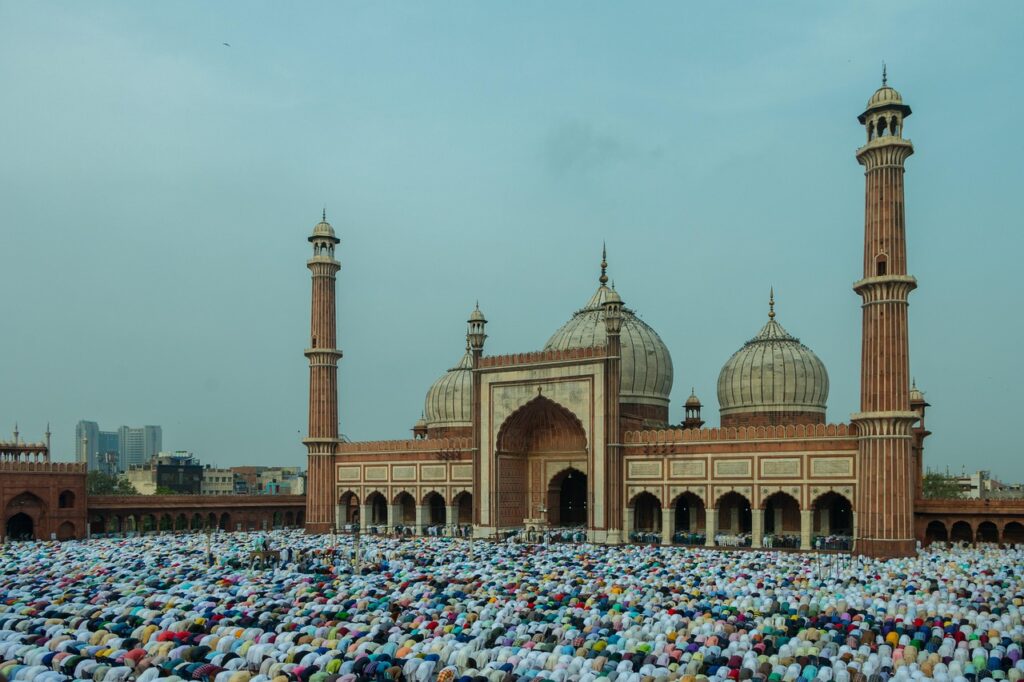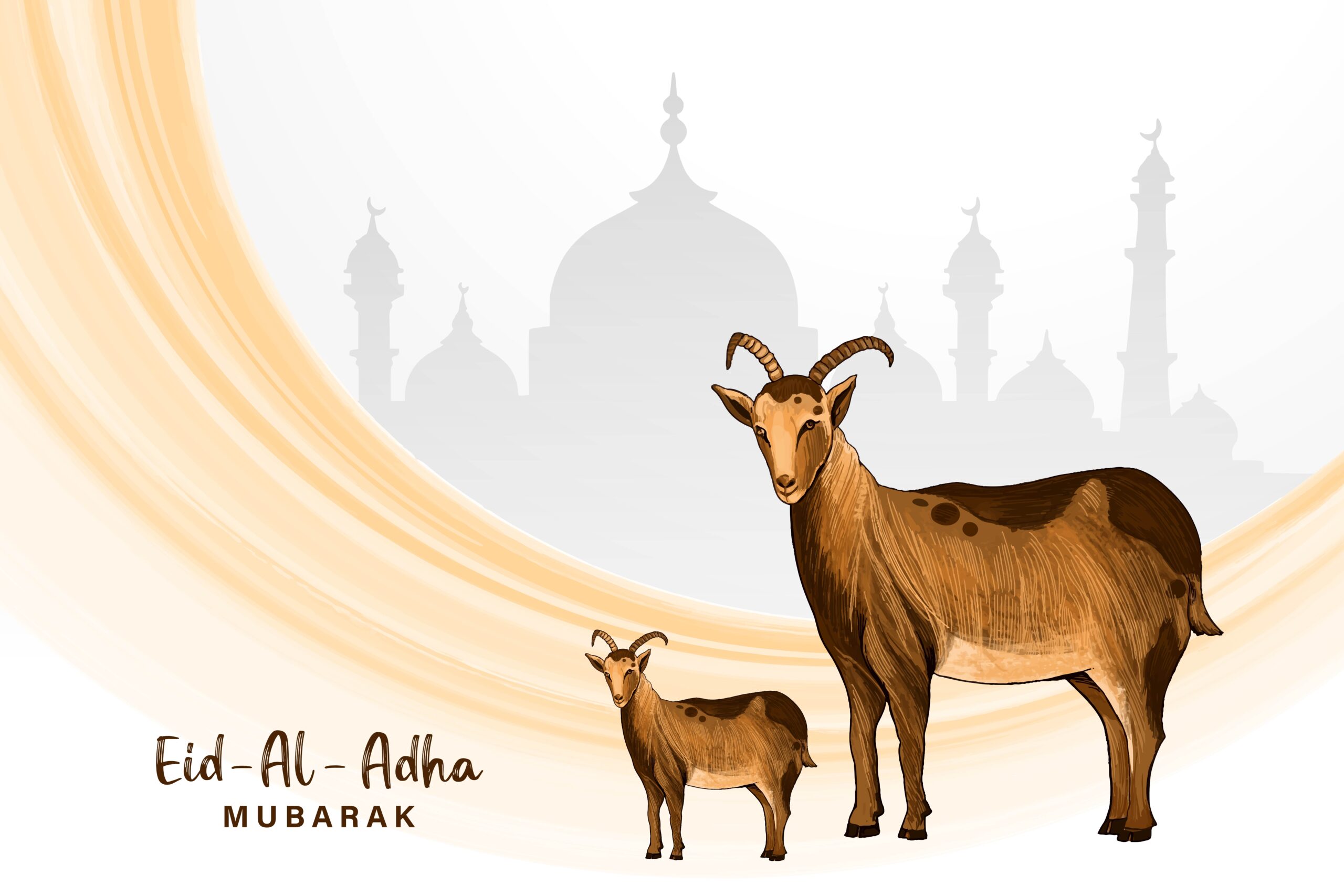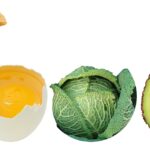A Festival of Faith, Sacrifice, and Togetherness (June 6–7)
🌙 When Hearts Bow in Devotion
There are few moments in life that bring people together the way Eid al-Adha does. Known as the Festival of Sacrifice, it is more than a religious celebration — it’s a profound expression of love, selflessness, and surrender to the divine.
In 2025, Eid al-Adha is expected to be celebrated on June 6 and 7, depending on the moon sighting. These days mark a sacred opportunity for families to come together, for hearts to soften, and for hands to give generously.
📖 The Heart of Eid al-Adha: The Story of Sacrifice
The essence of Eid al-Adha lies in a powerful story — the unwavering devotion of Prophet Ibrahim (Abraham) who, in obedience to God’s command, was ready to sacrifice his beloved son, Ismail (Ishmael). But at the final moment, God intervened, replacing the child with a ram.
This story isn’t just remembered — it’s relived. Through the act of Qurbani (sacrifice), Muslims around the world commemorate Ibrahim’s faith, reminding themselves that true love for God comes with surrender.
🕌 A Time of Worship and Reflection
Eid al-Adha begins with the Eid prayer, a special congregational prayer held in open grounds or mosques. The air feels electric yet peaceful as voices rise in unison, praising the Creator. It’s not just a ritual — it’s a symphony of faith that echoes through hearts and across neighborhoods.
After the prayer, warm hugs are exchanged, eyes well up with emotion, and the true spirit of ummah (community) comes alive.
🐑 The Sacred Ritual of Qurbani
The sacrifice of an animal — usually a goat, sheep, cow, or camel — is done in memory of Ibrahim’s devotion. This meat is divided into three parts:
- One-third for the family
- One-third for relatives and friends
- One-third for those in need
This distribution ensures that no one is left behind. Eid al-Adha teaches us to feed not just bodies, but hearts — especially of those who go unnoticed.

👨👩👧👦 Eid is for Family, But Also for the Forgotten
This festival is deeply rooted in family bonds. From buying new clothes to preparing delicious meals together, it’s a time when generations unite under one roof.
Yet, its true beauty lies in how it stretches beyond our homes. It teaches us to knock on the doors of the lonely, the elderly, the orphaned, and the poor, carrying love in our hearts and food in our hands.
🍛 The Flavors of Eid al-Adha
Food plays a beautiful role in this celebration. Dishes are not just meals — they are expressions of gratitude.
From biryani and kebabs to haleem and seviyan, every plate served on Eid is seasoned with warmth and generosity. Guests are welcomed like royalty, and laughter flows as freely as the chai.
💞 Emotional Threads That Bind
Eid al-Adha isn’t about extravagance. It’s about the little things:
- A father leading his son in prayer
- A mother wiping tears of joy
- Children running barefoot in excitement
- Neighbors exchanging plates over walls
It’s in these moments that Eid becomes eternal — etched into our memories like a soft lullaby we’ll hum for years.
🧕 For Women, a Silent Strength
While men often take the lead in prayer and Qurbani, women are the heart of Eid al-Adha. From preparing meals to dressing children and ensuring every guest feels welcome, their contributions are immeasurable.
They bring grace to the celebration, often sacrificing sleep and comfort for the happiness of others.
🌍 Eid Around the World
Whether it’s in the bustling streets of Cairo, the quiet towns of Indonesia, or the heartlands of India, Eid al-Adha unites over a billion people. The traditions may differ, the dishes may vary, but the essence remains the same — a festival born out of love and submission to Allah.
🛍️ The Joy of Giving
Eid is also a time to give — not just food or clothes, but also forgiveness, patience, and time. Whether it’s sponsoring Qurbani for someone overseas or donating a new outfit to a child in need, every act of kindness multiplies the joy.
📿 Spiritual Takeaway: A Festival of the Soul
Eid al-Adha urges us to look inward. What are we willing to sacrifice for love, for truth, for God?
It’s a call to let go of ego, pride, and greed. To walk in the footsteps of Ibrahim, with nothing but faith in our hearts and sincerity in our intentions.
📸 Capturing the Memories
Eid is a memory machine. Don’t forget to capture the smiles, the gatherings, the quiet prayers. But also, be present. Sometimes, the best pictures are the ones we frame in our hearts.
🙏 A Festival That Teaches Us to Be Human
In a time when the world feels divided, Eid al-Adha 2025 reminds us that we are one — one ummah, one humanity. It invites us to trade hatred for love, greed for giving, and apathy for empathy.
Let this Eid be more than a celebration. Let it be a promise to become better — for ourselves, for others, and for the One who created us.
🙋 FAQs About Eid al-Adha 2025
Q1: What date is Eid al-Adha in 2025?
A1: Eid al-Adha is expected on June 6–7, 2025, depending on the moon sighting.
Q2: Is Qurbani compulsory for everyone?
A2: Qurbani is obligatory for those who are eligible (adult Muslims with financial means). Consult local scholars for specific rulings.
Q3: What should be worn on Eid?
A3: Clean, modest, and often new clothes are preferred. White garments are traditional for men; women wear cultural festive attire.
Q4: Can non-Muslims join in the celebration?
A4: Absolutely. Sharing meals and joy with non-Muslims is encouraged. It fosters unity and love.
Q5: What are the spiritual goals of Eid al-Adha?
A5: The festival aims to increase taqwa (God-consciousness), gratitude, charity, and submission to Allah.







